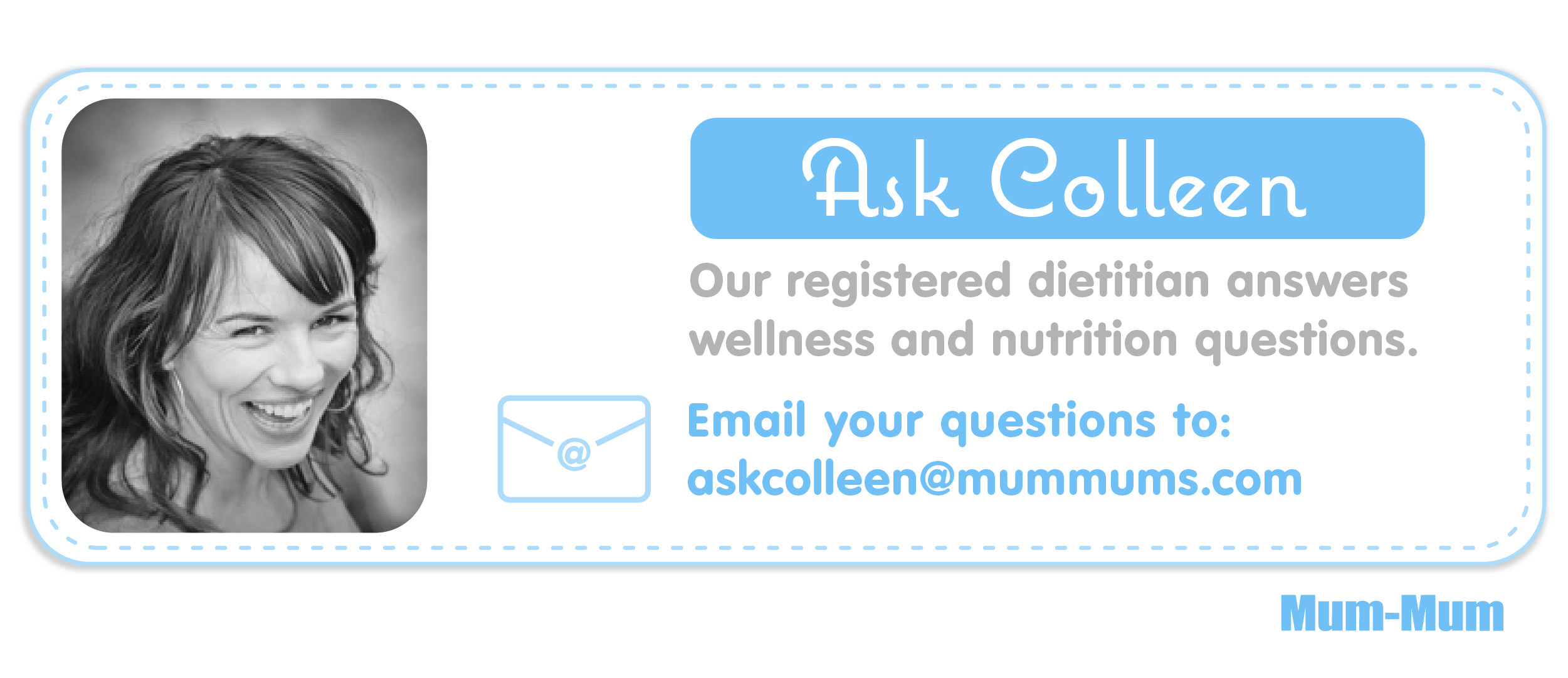It’s hard enough for adults to gauge what is a proper serving size, let alone a child. We know that lasting healthy habits start young, and what you serve your child is as important as how much. Both children and adults who consistently overeat are at risk for becoming overweight and developing subsequent diseases like diabetes or high blood pressure. Lecturing your kids on portion control will have them tuning out faster than you can say super-size so be sure to lead by example. Get your kids involved in figuring out what a reasonable amount of food is to eat, and here are some tips for helping kids understand portion control:
- Check out myplate.gov for great visuals and even kids’ games for understanding portion control
- Serve food on smaller plates with smaller utensils
- When cooking large batches or storing leftovers, separate them into smaller portions before you put them in the fridge or freezer so when your family reaches in, they’ll automatically grab a reasonable serving size
- Avoid letting kids take an entire bag of chips or a container of ice cream to the table or couch- instead serve individual portions in the kitchen
- Dish out meals at the counter and avoid bringing the whole pot to the table. Not keeping the food at arm’s length can make your family think twice about reaching for seconds. If they do want seconds, offer more veggies or salads
- Try single-serving sizes to help your family learn what an appropriate portion is
- Aim for three scheduled healthful meals and one or two healthy snacks throughout the day- skipping a meal often leads to overeating at the next one
- Add more salads and fruit to your family’s diet, especially at the start of a meal, which can help control hunger and give a sense of fullness instead of filling up on unhealthier foods
- Eat mindfully and don’t rush through meals. Eating slowly gives everyone a chance to feel full before serving up seconds. Sitting down for a family meal also offers a great time to connect
- Be aware that most restaurant portions may be two, three, or more times the recommended serving size. Try sharing meals, ordering an appetizer as a main dish, ordering kids’ meals or packing up half to take home before you eat
- Don’t be tempted to go for the giant value meal or the jumbo drink just because they’re just a few cents more than the regular size. The “deal” is of no value when it triples your family’s calories!
- Don’t serve kids large portions or expect them to clean their plates. Not only do kids need less food than adults, but studies show that preschoolers do a better job controlling portion size when they’re allowed to serve themselves









Be the first to comment